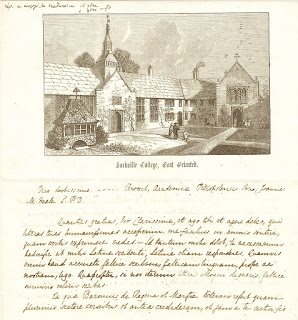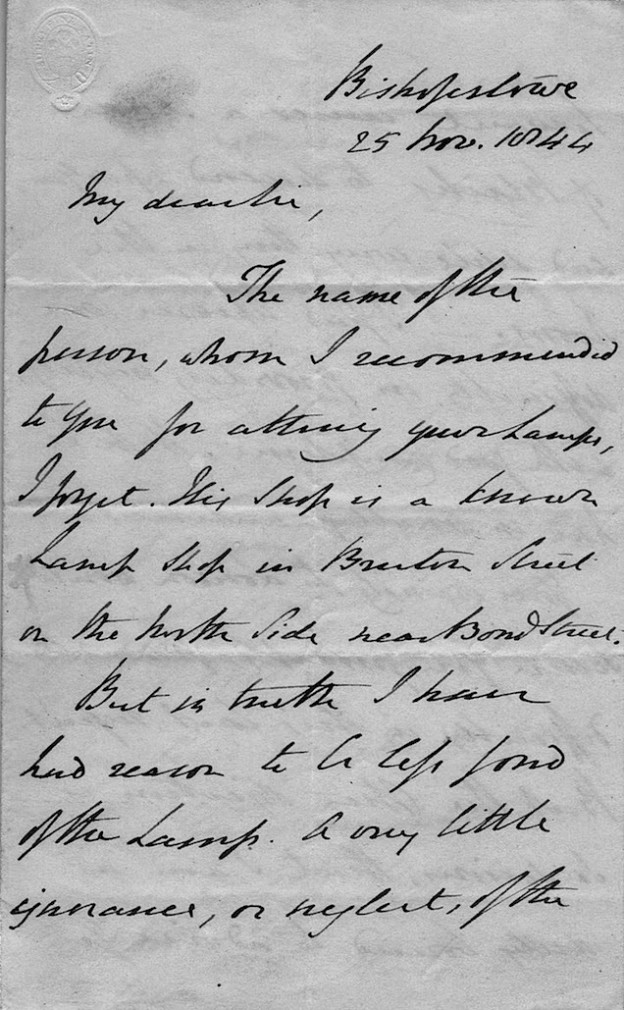 John Mason Neale (1818 – 66), was a High Church Anglican best known today as the author of several Christmas carols, such as ‘Good King Wenceslaus’ and hymns like ‘All Glory, Laud and Honour’. A talented classicist at Cambridge, he was nevertheless prevented from taking an honours degree because of his poor performance in mathematics. This must have been dire indeed considering how very few undergraduates of promise were failed because of their ineptness in this particular discipline. Indeed, there could be more sinister reasons for this treatment. It is easy to imagine that someone with his quasi-Romanist leanings, which he probably did not hide, displeasing die hard Anglican dons at the University.
John Mason Neale (1818 – 66), was a High Church Anglican best known today as the author of several Christmas carols, such as ‘Good King Wenceslaus’ and hymns like ‘All Glory, Laud and Honour’. A talented classicist at Cambridge, he was nevertheless prevented from taking an honours degree because of his poor performance in mathematics. This must have been dire indeed considering how very few undergraduates of promise were failed because of their ineptness in this particular discipline. Indeed, there could be more sinister reasons for this treatment. It is easy to imagine that someone with his quasi-Romanist leanings, which he probably did not hide, displeasing die hard Anglican dons at the University.Be that as it may, Neale was appointed Chaplin of Downing College in 1840 and two years later became Vicar of Crawley. However, disagreements with his diocesan bishop, which dogged him for fourteen years, led to his resignation in 1846. Luckily, soon afterwards he was appointed Warden of Sackville College, a large almshouse of seventeenth century origin in East Grinstead. Here he remained until his early death aged 48 in 1866.
The attached document, found among some autograph material, is dated 1850 and is headed by an engraving of the courtyard at Sackville College. Under it Neale has penned a letter, or the draft of it, in Latin, seemingly to a fellow scholar, possibly in Europe, the first few lines of which some Classicists among the growing audience of Jot 101 might wish to translate. Here are the opening few words:
Viro doctissimus ----Brossch, Academiae Petropolensis Socio, Joannes M. Neale S.P.D.
Quantas gratias , Vir Clacissonie, et ago tibi et agere delco, qui literas tuas humanissimas…
At this point we at Jot 101 gave up. Some of the rest can be viewed above. Unafraid of religious controversy, Neale went on to found the Society of St Margaret, an order of Anglican women dedicated to tending the sick. At a time of strong anti-Papal feeling, such High Church activities were regarded with hostility by both the higher clergy and the laity, and Neale was banned from any preferment in the country of his birth. When recognition for his scholarly work eventually came, it was in the form of a doctorate from a college in Connecticut. [RMH]


